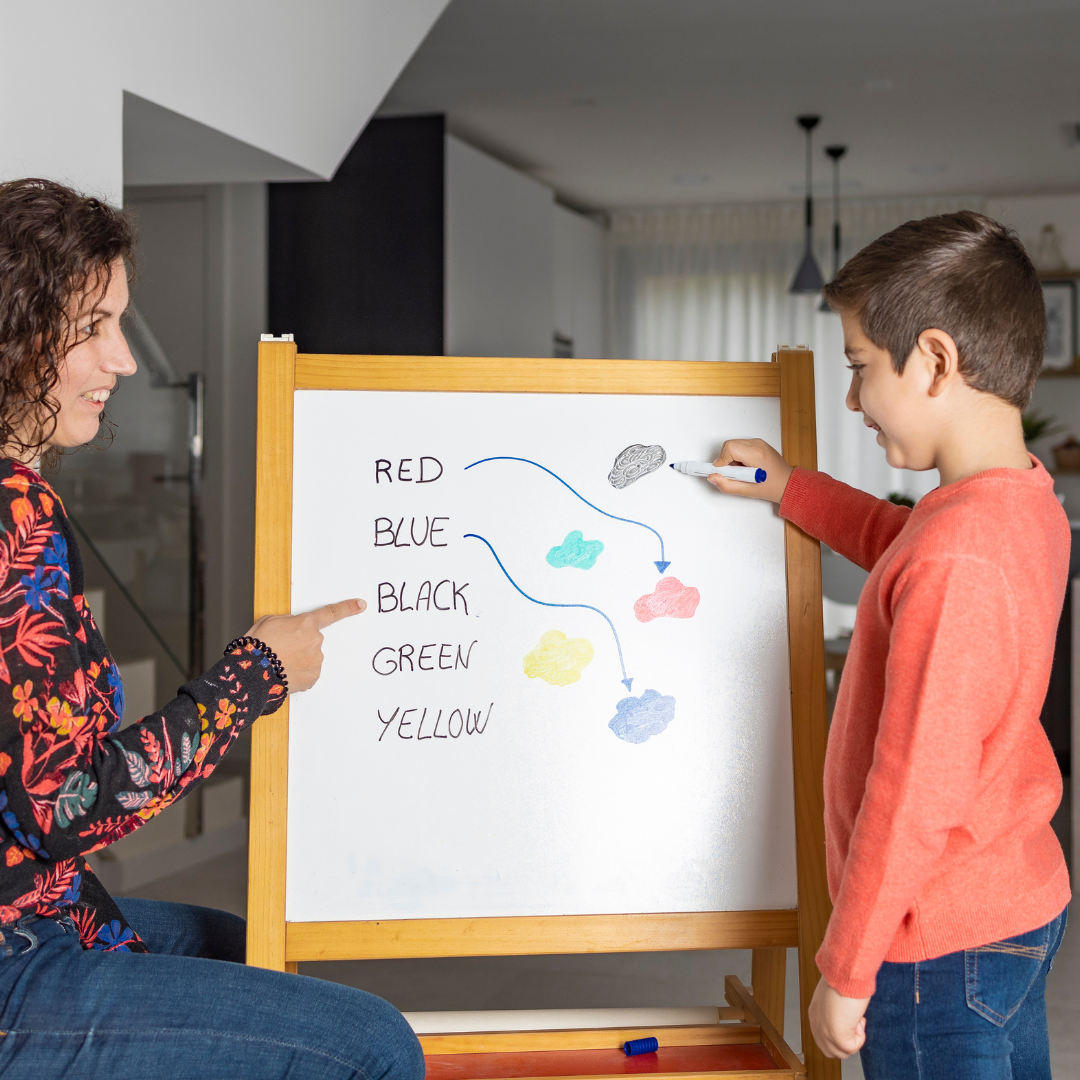Your first 100 days as a senior mental health lead
According to Forbes, what you do during the first 100 days in a new job is crucial to your long-term success, whether you’re an employee or the U.S. President. You have only one chance to make a great first impression, and you want to lay the foundation for achievements down the road.
So, what happens when we apply this approach to your role as senior mental health lead? Whether you are new in role or you have been in post for a while, there will be something here for you to consider.
Some assumptions: you are new to the role; you have been given time and resource to implement change.
Let’s begin with the end in mind. Where do you want to be at the end of 100 days?
- Have clear strategic plan, based on the needs of your school.
- Know who your main allies are, and which members of staff you will be regularly linking in with i.e., SENDCo, PSHE lead, counsellor, senior DSL.
- Know what the indicators of success will look like.
- Have a clear understanding of the culture of mental health and well-being at your school.
- Identified whether pastoral and academic attainment is seen as two sperate areas or linked.
- Assessed whether every member of staff understands the pastoral system and processes for support and referral.
- Recorded what mental health awareness and Adverse Childhood Experiences training has been undertaken by staff, what, when and by whom.
- Evaluated whether the mental health training is having an impact within the learning environment and around school.
- Be clear about what mental health and pastoral interventions are being delivered in school, by whom, why and how the impact is measured.
- Have a real understanding of what it’s like to be a vulnerable student who has accessed pastoral support in your school.
There are 3 key areas which you will need to understand in order to create your vision and strategic plan.
- Whole school ethos and culture. This includes attitudes towards mental health and well-being, whether there is stigma around accessing support, how well embedded mental health is instilled into school life.
- Systems and processes . Who is vulnerable and how do we know? How does the school support students and how do they access this support? Does everyone understand what these processes are? What is the knowledge of staff like, to be able to spot the signs and offer support?
- Curriculum and learning. How well does the PSHE curriculum, assemblies and beyond create opportunities for teaching students’ key aspects of mental health?
Tools of the job
An audit tool which helps you audit what you have in place already. This could be as simple as the 10 steps audit tool or something which is provided by your senior lead for mental health training.
An established provider for training which will provide you and your team with good quality training on mental health.
Coaching or external support is such a valuable source of support, providing someone who can help you keep on track and build confidence.
A team who are passionate about mental health and can help you develop a vision and create change
Time to lead and time to recharge. If you are not given any time to lead this area, this should ring alarm bells that this is a tick box exercise. Be protective of the time you do have each week, this will be your key to success, as will taking time each week out of school to do something you enjoy.
Your drive and energy can create opportunities for change. In the first 100 days, you won’t be able to sustain the same level of energy all the time, but you can use it to establish areas for development or change and promoting your vision.
First 30 days – Observe and Learn
If you have a good audit tool, use this to gather evidence and pull together the areas which need developing.
- Liaise with your line manager and discuss expectations and where possible how Performance Management targets link to the vision and strategic plan.
- Access good quality training for senior mental health leads for yourself.
- Meet with key staff: designated safeguarding lead, PSHE lead and SENDCo and discuss overlaps, challenges, and other links to mental health.
- Meet with a group of students, some of whom have accessed pastoral support. Gain their experiences and views.
- Review the provision for PSHE, how it’s taught, what assemblies are delivered and how the school values/mission might link to resilience or mental health.
- Look at a couple of mental health referral cases both internally and externally and notice any blockages, challenges.
- Talk to a random selection of school staff and seek to understand the current referral process when a student is identified as distressed or needing support.
- Meet with some parents to gain their understanding of how the school supports their child’s mental health.
- Speak to other members of SLT and/or CPD lead re: what staff training have received on mental health.
- Meet with the SENDCo and discuss pupils with SEMH, how to work together and support from a prevention and intervention point of view.
- Understand what the local organisations and thresholds are for accessing external mental health support.
First 60 days – A picture is emerging
A picture is beginning to emerge on what is working well and potential areas for development.
- Continue to establish relationships and a shared vision with key staff. Begin to establish a team, including any key staff who have a passion and desire to support.
- Use a tiered approach to understanding what interventions are currently in place. g., what support is available to all students, what is available to students who need some support in schools and what support is available for students with complex needs.
- Test out anomalies in opinions or experiences of different stakeholders and find out why they might be occurring.
- Begin to review the pastoral/mental health section on the website and what policies, signposting and information is available and whether it reflects the school’s ethos.
- Begin to fill in training gaps for staff, key areas to focus initially are general mental health and spotting the signs, including a refresh of responsibilities. Moving onto to ACEs, resilience and then some school specific areas which have arisen from discussions with colleagues and DSL.
- Review what data is available around student mental health, firstly for the most vulnerable and then for all students.
- Meet with the PSHE lead and begin to establish any gaps in learning, particularly contextual challenges pertinent to the school or staff who may need further support.
- Discuss your findings with your line manager and what potential challenges there could be, and potential resources needed.
- Meet with the senior Designated Safeguarding Lead and discuss any key areas of challenge which are cohort and school specific, which could be supported through the curriculum or assemblies.
Further questions you might want answers to?
- Is the school’s approach to mental health reactive or proactive? Or are there pockets where there’s a great proactive approach?
- Are all staff on board with the idea of a whole school approach to mental health?
- Do all staff use the existing systems and processes for referral and support, is it understood by everybody?
- How do staff respond when a student is displaying difficulties or has disclosed a mental health difficulty? Is there a nuanced approach to support or do they refer on to pastoral immediately?
- What is staff well-being like? Is it a mixed picture? What support have they had to keep themselves well?
First 90 days – confident to lead
A vision for the next steps is becoming clearer.
- Establish your team and set a context for meetings and activities. They will be able to support the strategic direction of the school, but there will be some operational activities which emerge too.
- Meet with the governor who is (or could be) responsible for mental health and discuss the emerging picture, garnering their support, including sharing your vision for the next 3 years.
- Ensure a screening activity has been undertaken with all students, particularly in years 5 and 6 for primary and 7 for secondary. (Screening is a way of gaining an understanding from all students about their well-being. Examples of this could be through 1:1 interviews, a letter to their teacher, 3 houses).
- Continue training all staff on key areas of mental health and resilience.
- Arrange training for staff who may be delivering or supporting with in-school interventions.
- Pull together all the information you have gathered, from screening, current interventions and from staff and where needed, modify the support the school provides for students who may need additional support but don’t meet the threshold e.g., a 6-week course on managing anxiety.
- Create and distribute a staff well-being questionnaire for staff. Analyse the data and add into the strategic plan.
First 100 days – A vision for change
You have evolved and developed your strategic plan so that it is contextual and will meet the needs of your school.
- Keep sharing your vision e.g., at briefings, through staff well-being leaflets in pigeon holes, via the website to promote mental health and well-being.
- Keep meeting with your team as a means for keeping momentum and accountability.
- Share successes, however big or small.
- Know that you will sometimes lose sight of your direction and sometimes things will feel messy. Keep focused and tenacious and you will be back on track in no time.
Next steps:
Once you are confident and actions are beginning to gain traction, you might begin to think about your outward facing approach. Supporting others, building a network beyond school and influencing external organisations.
For advice and guidance, please get in touch. Join the many schools who want support to keep them on track and build their confidence.
Call 07528 338181 or email anna@halcyon.education
The post Your first 100 days as a senior mental health lead appeared first on Halcyon Education.




